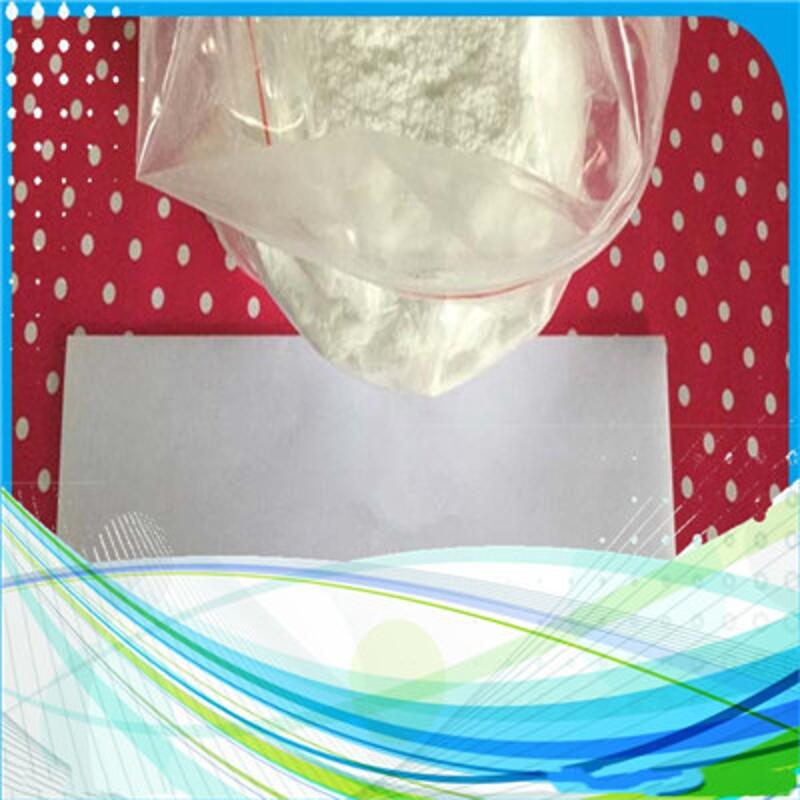-
Categories
-
Pharmaceutical Intermediates
-
Active Pharmaceutical Ingredients
-
Food Additives
- Industrial Coatings
- Agrochemicals
- Dyes and Pigments
- Surfactant
- Flavors and Fragrances
- Chemical Reagents
- Catalyst and Auxiliary
- Natural Products
- Inorganic Chemistry
-
Organic Chemistry
-
Biochemical Engineering
- Analytical Chemistry
-
Cosmetic Ingredient
- Water Treatment Chemical
-
Pharmaceutical Intermediates
Promotion
ECHEMI Mall
Wholesale
Weekly Price
Exhibition
News
-
Trade Service
Bio-catalysis, especially enzyme-called asymmetric reduction amine synthesis, provides an effective way for the efficient green synthesis of many high-value compounds.
, the discovery of new enzymes is still a challenging and speed-limiting step in the synthesis of enzyme asymmetry.
more and more attention to finding new enzyme screening methods that are faster and simpler.
The biocatalytic and green chemical team, led by Zhu Dunming and Wu Qiqing of the Tianjin Institute of Industrial Biotechnology of the Chinese Academy of Sciences, has worked with Nicholas J. Turner, a professor at the University of Manchester in the United Kingdom, and Prozomix, a British company, to develop a toolbox for the screening and profiling of absine reductase based on macrogenomics.
The study, based on bioinficional analysis of macrogenomic libraries and genomic databases, found more than 300 unknown sequences of new subamine reductases, developed high-volume color-showing methods based on the oxidation direction of subamine reductase, and constructed microplates containing 384 subamine reductases. The thermal stability and its catalytic ability to ketones and amines of different structural types were quickly identified, and asymmetric synthesis of N-replacement β-amino acid ester with high yield, high stereoscopic selectivity and high non-reflection selectivity was realized by using dynamic dynamics splitting process.
this study provides new strategies and methods for further expanding the synthesis application of absinthease, as well as new ideas for building other enzyme toolboxes efficiently.
research is supported by the UK Centre for Industrial Biotechnology Innovation, the UK Biotechnology and Bioscience Research Council, the China National Study Fund Committee, the Chinese Academy of Sciences Youth Innovation Promotion Association, the European Research Council and the EU's Seventh Framework Programme.
the study, published in Nature Chemistry, was co-authored by James R. Marshall, a doctoral student at the University of Manchester, and Peiyuan Yao, an associate researcher at the Tianjin Institute of Technology, and Nicholas J. Turner, a professor at the University of Manchester.
()







